
4.7 out of 12k+ reviews
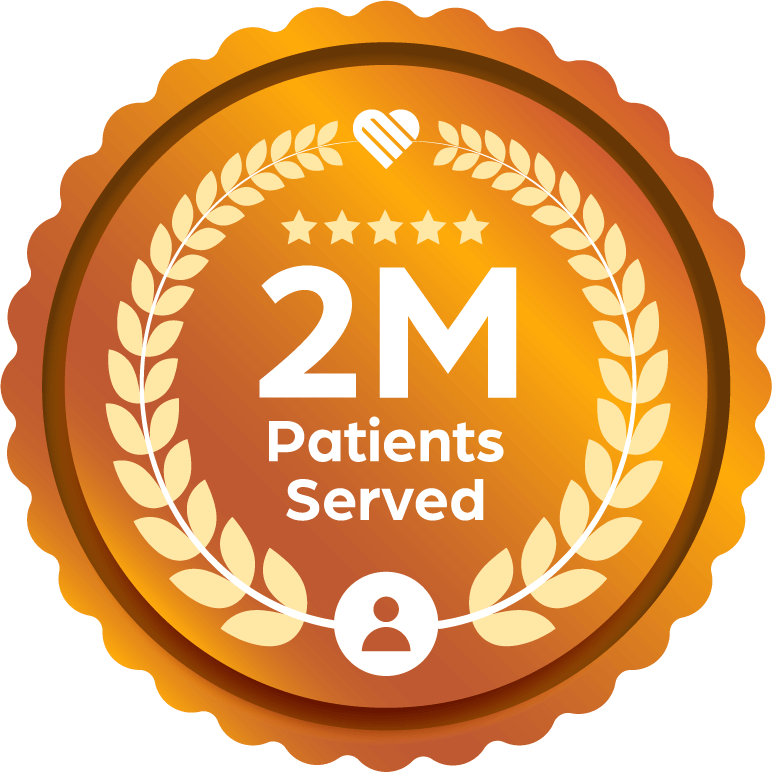

Get approved today for a medical cannabis card in Minnesota, 100% online.
Quick & easy access from the nation’s #1 trusted med card provider.

Mike from CA
Approved for Chronic Pain
As seen on
3 simple steps to get approved in Minnesota today.


Tell us about yourself.
Securely sign up with no appointment needed. If you have a question, your NuggMD Support team is available via chat, daily from 8am-10pm.

Meet with a licensed cannabis doctor.
Chat via phone or video with a professional clinician near you, all from the comfort of home. Most approvals take 15 mins or less.

Get approved today, online.
Your consultation for medical marijuana in Minnesota is risk free. If you are not approved for any reason, you’ll get your money back. It’s that simple.
Approved or your money back - guaranteed.
Get 10% off for a limited time!
Get answers from one of our top doctors.
Making the right decision for your health starts with being informed. Get the answers you’re looking for from Dr. Niazi, or chat with our live support team if you want more answers.
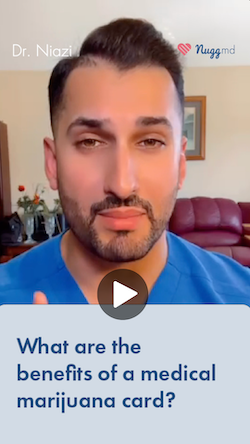
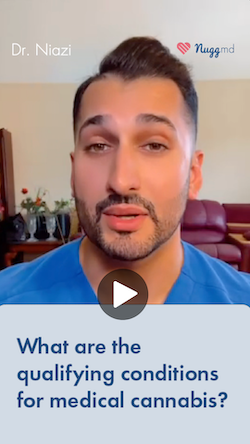
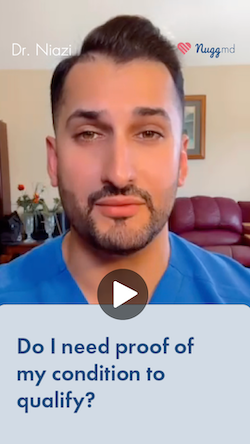
What are Minnesota’s qualifying conditions?
Each state has its own set of “qualifying conditions” for medical cannabis, and some don’t require medical proof that you have it. Take our free quiz to find out if you’re likely to qualify.
Qualifying conditions in Minnesota now include any condition recommended, approved, or authorized by a person’s health care practitioner. Some of the most common conditions approved for medical cannabis are chronic pain, cancer treatment, IBS, OCD, PTSD, seizures, and multiple sclerosis
Meet your Minnesota med card perks.
Your Minnesota med card unlocks access to medical cannabis products, legal protections, deals near you, and guidance when filing in your state.


Access to lab-tested products
Purchasing legal medical cannabis from a Minnesota dispensary ensures you’re using safe, tested product.

Increased legal & job protections
Minnesota MMJ patients receive legal protections that aren’t available to consumers without a medical card.

Savings on cannabis & other taxes
Certified medical cannabis patients are exempt from Minnesota’s 10% tax on recreational cannabis.

Potential reciprocity out-of-state
Some states recognize out-of-state medical cannabis cards. Check your destination state before you travel for more details.

State application filing guidance
We help you file your required approval with the state as the final step to getting access to medical cannabis.
What to expect after you’re approved.

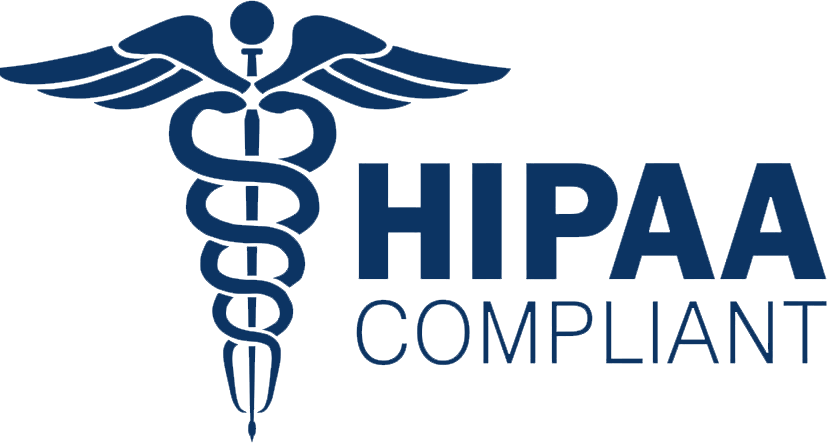
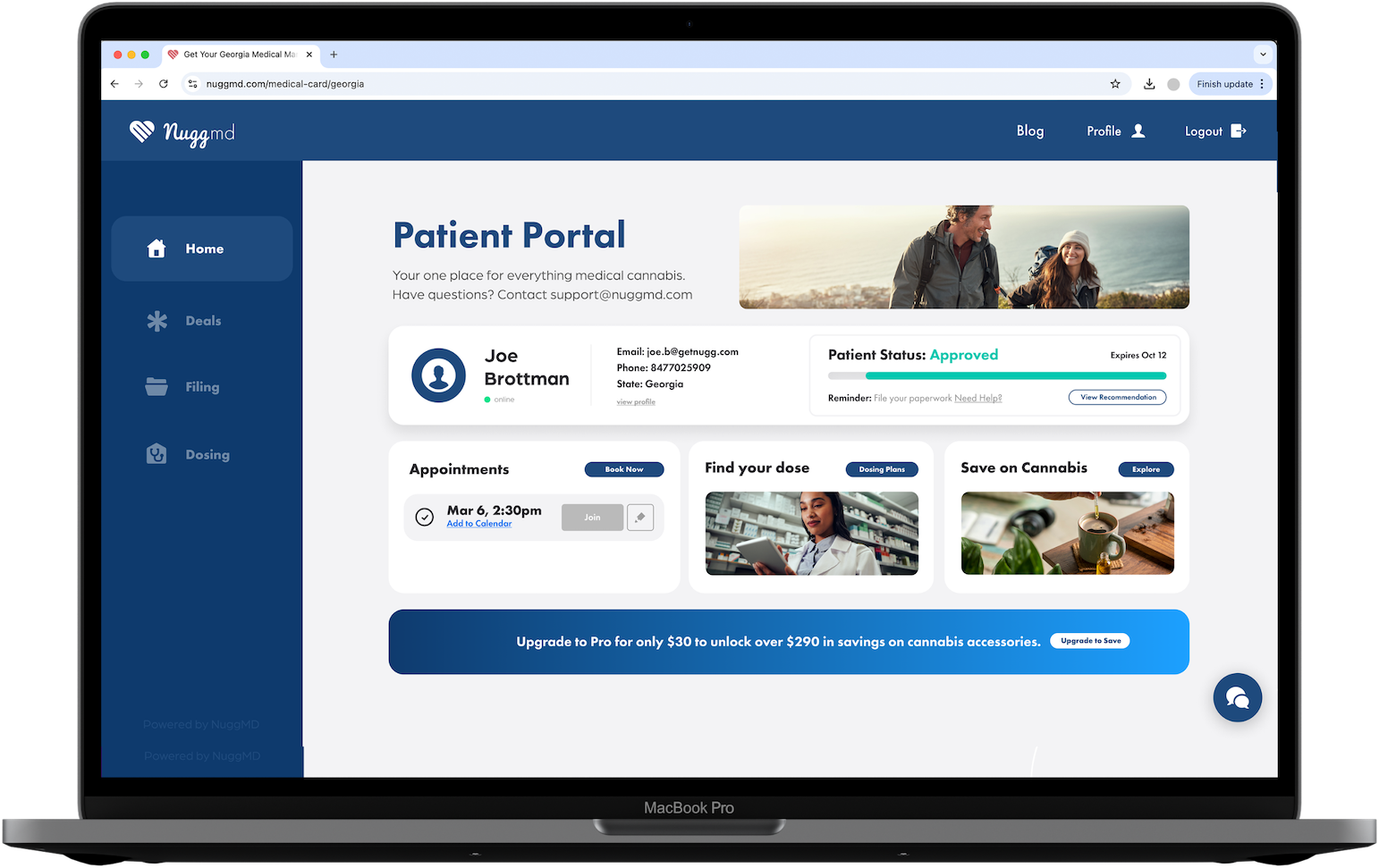

You’ll have full access to our patient portal, where you can view your rec, get state filing support, explore deals, dosing plans, and more. At NuggMD, you’re getting more than a med card.


Why we’re the #1 provider in the nation.
Other Providers |
Offices |
||
|---|---|---|---|
Same day physician access |

|

|

|
Approved or your money back |

|

|
|
No appointment needed |

|
||
50+ in network docs |

|
||
100% online |

|
||
7-day live support |

|
||
State filing guidance |

|

We’re on a mission to help you find relief through cannabis.
At NuggMD, our mission is to free people from their ailments with a personalized path to cannabis relief. We’re proud to be the leading medical card provider, and are continuing to pioneer new, patient-focused paths to relief.
Frequently asked. Frequently answered.
You must be a Minnesota resident to become a medical marijuana patient in the state. You must also be diagnosed with a qualifying condition by a Minnesota-licensed physician, physician assistant, or advanced practice registered nurse.
Qualifying conditions in Minnesota now include any condition recommended, approved, or authorized by a person’s health care practitioner. Common qualifying conditions for medical marijuana in Minnesota include but aren’t limited to:
- Alzheimer’s disease
- Amyotrophic lateral sclerosis (ALS)
- Autism
- Cancer
- Chronic Pain
- Glaucoma
- HIV/AIDS
- Post-Traumatic Stress Disorder (PTSD)
- Seizures
- Muscle Spasms (including those caused by conditions like Multiple Sclerosis)
- Terminal illness, with a probable life expectancy of less than one year.
Minnesota no longer limits the conditions for which a doctor can recommend medical cannabis.
Minnesota medical marijuana patients can access exclusive benefits unavailable to recreational consumers. Medical card holders get support from a qualified pharmacist who can answer their healthcare and cannabis questions and ensure they understand possible interactions with their current medications and treatment plan. Additionally, while adult-use consumers have a 2-ounce possession limit, medical patients can purchase up to 450 grams per 30 days as permitted by their doctor.
Minnesota does not charge a state registration fee for your medical card, so patients are only responsible for the cost of the required doctor’s evaluation. NuggMD offers low-cost Minnesota medical cannabis evaluations, and there’s no risk because you get a full refund for your evaluation if you aren’t approved for medical cannabis.
Currently, health insurance does not cover the cost of medical marijuana in Minnesota. Since cannabis remains federally illegal, insurance will not pay for medical marijuana or the costs associated with obtaining a medical marijuana card. This may change in the future if federal laws around cannabis are updated.
It can take Minnesota’s Office of Cannabis Management up to 30 days to process your medical marijuana card application. You can start the process by getting your doctor’s evaluation through NuggMD in as little as 15 minutes, with no appointment needed. Our doctors are standing by from 8am to 10pm daily, including weekends.
Yes! You have the right to renew your medical marijuana recommendation with any practitioner you see fit. You can schedule a same-day appointment with a Minnesota state-licensed NuggMD medical marijuana doctor any time between 8am and 10pm daily. If you do choose to renew with a different provider, make sure you bring your medical records and full history, as your evaluation will need to be thorough.
With NuggMD, if you’re not approved get your money back, automatically. We believe everyone deserves access to a qualified medical cannabis doctor, and the cost of an evaluation shouldn’t be a barrier.
If you’re not approved for your medical marijuana certification, your evaluation is free.
If you sign up and pay for your evaluation, but then cancel before your evaluation, there is a small $10 fee for the payment processing.
Once you’ve been approved and issued your certification, a refund for services will no longer be available. Please send an email to support@nuggmd.com with the subject line “Refund Request” and a brief description of your issue.
We want to make sure you’re 100% satisfied with your purchase being that you, the customer, are the most important thing to us! Once a refund has been initiated, please allow 3-5 business days for the funds to transfer back to the card you used for the transaction. If any issues arise, please feel free to reach back out for further assistance.
This depends on the state to which you’re traveling. Each state has different rules regarding reciprocity, and some don’t allow it at all. Check with your destination state to learn more.
Yes, but if you don’t have a government-issued ID that reflects your current Minnesota address, you’ll need to provide other proof of residency in the state.











